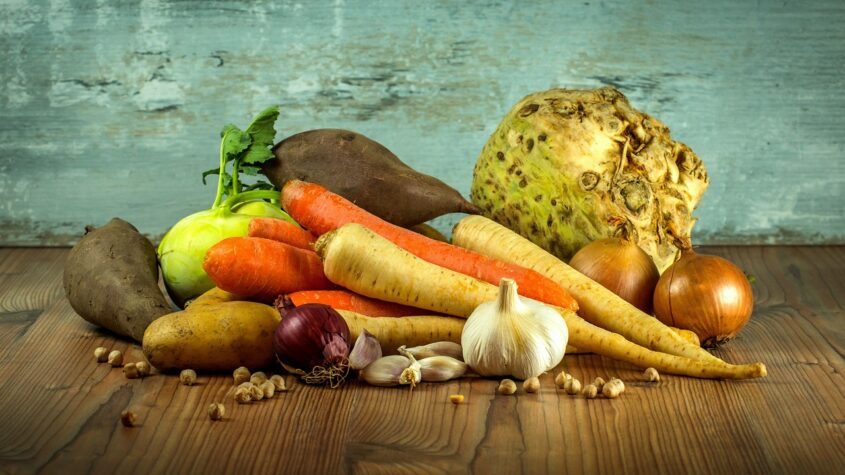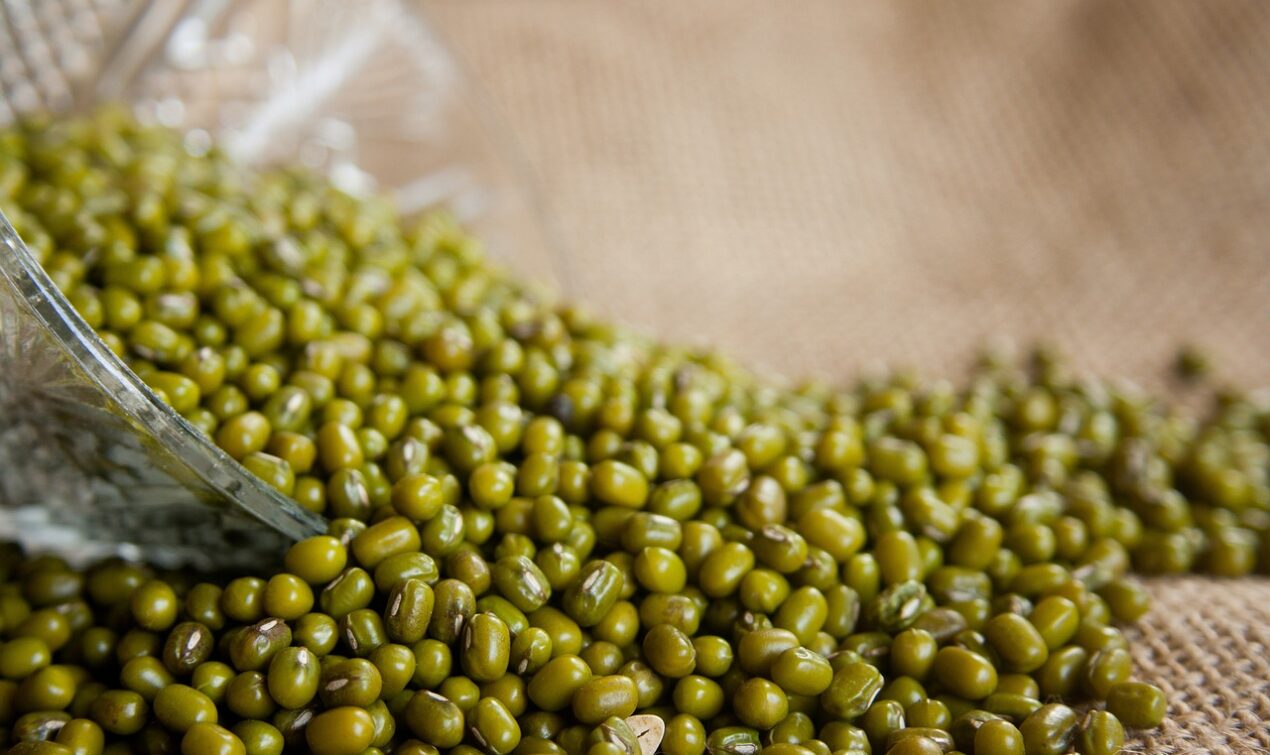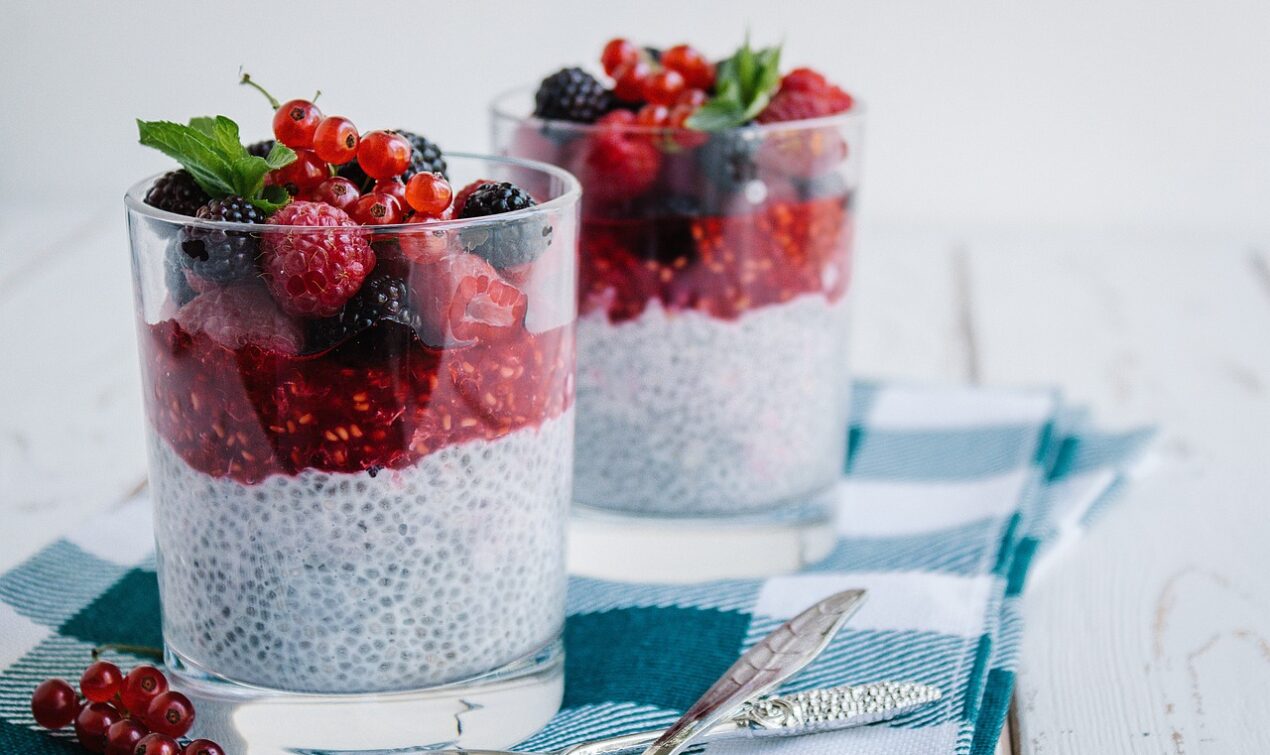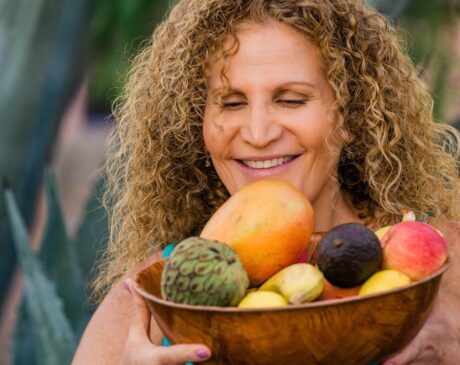Is raw food diet healthy?

The raw food diet is a dietary approach that emphasizes the consumption of uncooked, unprocessed and predominantly plant-based foods; it typically includes fruits, vegetables, nuts, seeds, sprouted grains and some raw animal products like meat, fish or dairy. Proponents of the raw food diet argue that cooking can destroy enzymes, vitamins and other nutrients in food and that consuming raw foods can provide numerous health benefits. While the raw food diet can be a way to increase your intake of fruits, vegetables and whole foods, it’s important to consider both the potential benefits and risks associated with this eating pattern; we have already described the pros and cons of the raw food diet in our previous article “Crudist lifestyle: what it is and the pros and cons of raw food”; in this article, we will discover the raw food meaning, some examples of permitted foods and some truly delicious recipes.
Raw food meaning
The philosophy behind this diet is that cooking food can lead to the loss of essential enzymes, vitamins and other nutrients; therefore, adherents of the raw food diet believe that consuming raw foods in their natural state provides maximum nutritional benefits.
While fruits, vegetables, nuts, seeds and sprouted grains form the foundation of the raw food diet, some variations may include raw animal products like meat, fish, or dairy. However, the main focus is typically on raw, plant-based foods.
It’s important to note that the raw food diet can vary in its strictness. Some individuals may consume only raw foods, while others may include a small percentage of cooked foods or use techniques like dehydrating or fermenting to prepare certain ingredients. The overall goal is to maximize the intake of nutrient-dense, uncooked foods to promote health and vitality.
Raw food examples
Here are some examples of raw foods commonly included in a raw food diet:
- Fruits: apples, bananas, oranges, berries, grapes, mangoes, pineapples and other fresh fruits are often consumed raw.
- Vegetables: leafy greens like spinach, kale and lettuce, as well as carrots, cucumbers, bell peppers, broccoli, cauliflower, zucchini and tomatoes are popular choices.
- Nuts and seeds: almonds, walnuts, cashews, sunflower seeds, pumpkin seeds, chia seeds, flaxseeds and sesame seeds are commonly eaten raw or sprouted.
- Sprouted grains and legumes: examples include sprouted quinoa, buckwheat, lentils, chickpeas and mung beans.
- Raw dairy: some individuals on a raw food diet may consume raw milk, raw cheese or raw yogurt, sourced from trusted and reputable sources.
- Raw meat and fish: certain variations of the raw food diet may include raw meat (such as steak tartare) or raw fish (such as sushi or ceviche). It is crucial to ensure the highest quality and freshness of these products to minimize the risk of foodborne illnesses.
- Raw fermented foods: fermented foods like sauerkraut, kimchi, and kombucha may also be included, as they are rich in probiotics.

It’s important to note that the raw food diet is highly individualized and specific food choices may vary based on personal preferences, dietary restrictions, and cultural considerations.
Raw food recipes
Here are a few raw food recipe examples that you can try:
Rainbow veggie wraps:
– Ingredients: collard green leaves, bell peppers, carrots, cucumbers, avocado, sprouts and a dipping sauce of your choice.
– Instructions: wash and pat dry the collard green leaves. Fill each leaf with thinly sliced bell peppers, carrots, cucumbers, avocado and sprouts. Roll tightly and secure with toothpicks if needed. Serve with a dipping sauce like tahini or almond butter.
Zucchini noodles with pesto:
– Ingredients: zucchini, fresh basil, pine nuts, garlic, olive oil, lemon juice, nutritional yeast, salt and pepper.
– Instructions: spiralize the zucchini to create noodle-like strands. In a food processor, blend basil, pine nuts, garlic, olive oil, lemon juice, nutritional yeast, salt and pepper until smooth. Toss the zucchini noodles with the pesto sauce and serve.
Raw vegan tacos:
– Ingredients: lettuce leaves or collard green leaves (used as taco shells), seasoned raw walnut “meat” (blended walnuts, sun-dried tomatoes, cumin, paprika and other spices), diced tomatoes, sliced avocado, shredded carrots and a squeeze of lime juice.
– Instructions: fill the lettuce or collard green leaves with the seasoned walnut “meat,” diced tomatoes, avocado slices and shredded carrots. Squeeze lime juice over the fillings, fold and enjoy.
Chia Pudding:
– Ingredients: chia seeds, plant-based milk (such as almond milk or coconut milk), sweetener of choice (like maple syrup or dates) and toppings like fresh berries or sliced fruits.
– Instructions: mix chia seeds, plant-based milk and sweetener in a bowl or jar. Stir well and let it sit for 10-15 minutes until the mixture thickens. Stir again to break up any clumps. Refrigerate for a few hours or overnight. Top with fresh berries or sliced fruits before serving.

Raw Rainbow Nori Rolls:
– Ingredients: nori seaweed sheets, sliced avocado, matchstick-cut carrots, sliced bell peppers, thinly sliced cucumber, fresh sprouts (such as alfalfa or mung bean sprouts), tamari or soy sauce for dipping.
– Instructions: Lay a sheet of nori seaweed on a flat surface; arrange the avocado, carrots, bell peppers, cucumber and sprouts in a row along one end of the nori sheet. Roll the nori tightly, starting from the end with the vegetables. Wet the other end of the nori sheet with water to seal the roll. Repeat with the remaining ingredients. Slice the rolls into bite-sized pieces and serve with tamari or soy sauce for dipping.
Raw Chocolate Avocado Pudding:
– Ingredients: 2 ripe avocados, 1/4 cup raw cacao powder, 1/4 cup maple syrup or agave nectar, 1/4 cup almond milk or coconut milk, 1 teaspoon vanilla extract.
– Instructions: Scoop the flesh of the avocados into a blender or food processor. Add the cacao powder, maple syrup, almond milk, and vanilla extract. Blend until smooth and creamy. Serve the pudding chilled and garnish with fresh berries or shredded coconut if desired.
Remember to get creative and adjust these recipes to suit your taste preferences. The raw food diet offers plenty of room for experimentation and discovering new flavor combinations.
Enjoy your culinary adventures!
Raw food diet: a typical day
Here’s an example of a typical day on a raw food diet:
Breakfast:
- Fresh fruit salad with a variety of sliced fruits like berries, melons, and citrus fruits.
- A handful of raw nuts or seeds.
Snack:
- Carrot and celery sticks with a side of almond butter or hummus.
Lunch:
- Large salad with mixed greens, cherry tomatoes, cucumber slices, shredded carrots, bell peppers and sprouts. Drizzle with a homemade dressing made from olive oil, lemon juice and herbs.
- A side of raw zucchini noodles tossed with a raw tomato sauce made from blended tomatoes, basil, garlic and olive oil.
Snack:
- A green smoothie made with spinach or kale, banana, almond milk, and a tablespoon of chia seeds.
Dinner:
- Raw vegetable “sushi” rolls made with thinly sliced vegetables like bell peppers, avocado, cucumber and julienned carrots wrapped in seaweed sheets. Serve with tamari or a raw dipping sauce.
- A side of cauliflower rice made by pulsing cauliflower florets in a food processor until rice-like consistency, seasoned with herbs and lemon juice.
Dessert:
- Raw vegan chocolate and banana mousse made by blending bananas, raw cacao powder, dates,and a splash of plant-based milk until smooth and creamy.
Remember to drink plenty of water throughout the day to stay hydrated. It’s important to listen to your body’s hunger and fullness cues and adjust portion sizes accordingly.
This example provides a general idea of what a typical day on a raw food diet might look like, but feel free to modify it based on your personal preferences and nutritional needs.
In conclusion…
The raw food diet continues to capture attention in today’s world, offering a way to increase the consumption of whole, unprocessed foods. This diet offers a plethora of creative and delicious options for those looking to incorporate more uncooked and unprocessed foods into their lifestyle. From green smoothies to rainbow salads and energy balls, there is an abundance of recipes and examples of food to explore.
Remember to consult with a healthcare professional or nutritionist before making any significant changes to your diet, as individual needs may vary.
Enjoy the journey of discovering the flavors and benefits of raw food and find what works best for you!



